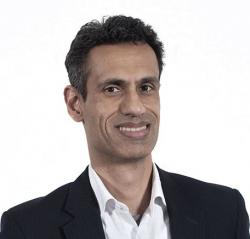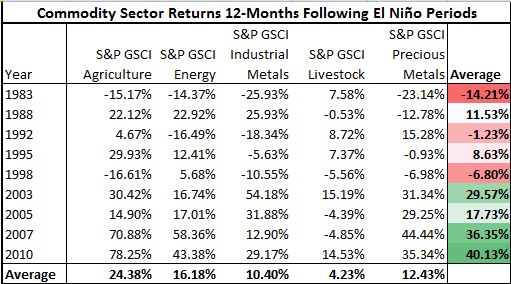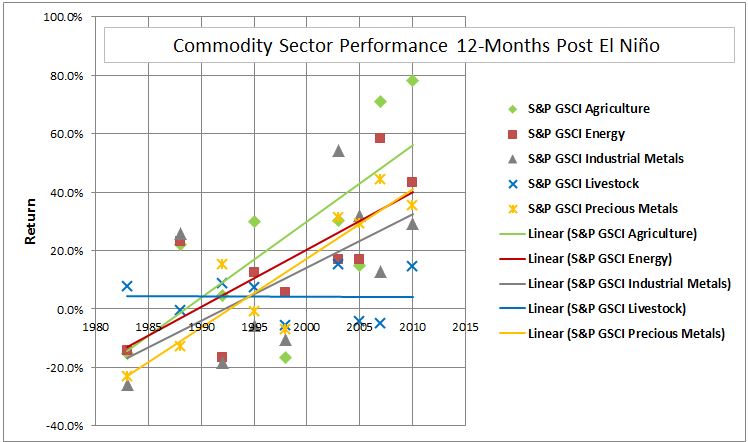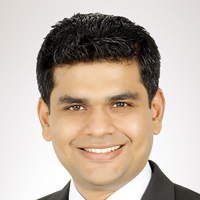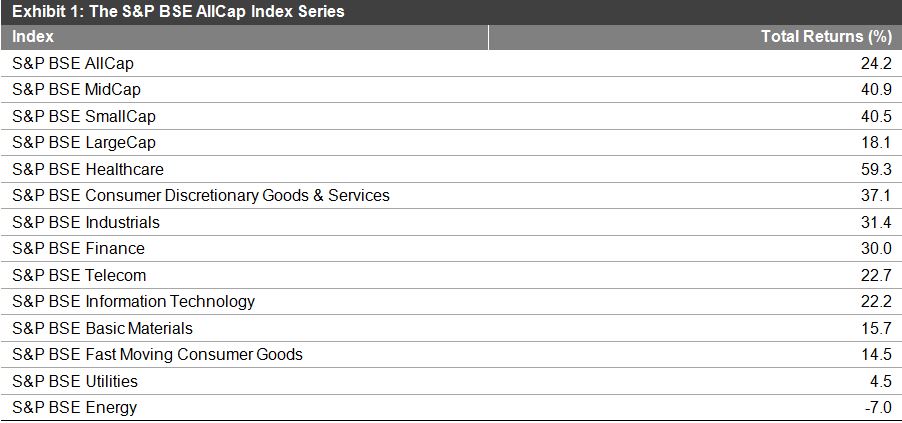This is the first blog in a series on the evolution of Australia’s tax-aware investment management (TAIM) landscape.
In 1999, a new method of calculating Capital Gains Tax (CGT) was introduced in Australia, with assets acquired after its commencement taxed on the basis of time held and type of taxpayer. Assets held for less than 12 months are subject to CGT on the full gain at the taxpayer’s individual rate of tax. Assets held for longer than 12 months have CGT applied at a discount of between 0% and 50%, depending on the type of taxpayer.
Prior to 1987, Australian companies were taxed on corporate earnings, and from these after-tax profits, would pay dividends. Those dividends were then taxed in the hands of recipient shareholders at marginal rates as high as 60%. The combined effect was a tax rate on dividends that could, in certain cases, exceed 78%.
The introduction of dividend imputation in 1987 removed the double taxation of dividends, with tax-resident Australian companies receiving a ‘franking credit’ for tax paid at prevailing corporate tax rates. Shareholders could then use these credits to offset tax on their dividends. The imputation system was introduced to ensure that taxpayers in effect only paid ‘top up’ tax on dividends, being the difference between the corporate rate and the shareholder’s higher tax rate.
Under the original dividend imputation system, a shareholder with a lower tax rate than the prevailing corporate rate effectively received no value for the franking credits attached to their dividends. For Australia’s superannuation funds this was highly material. In 1988, a tax rate of 15% had been introduced on the taxable income (including legislated employer contributions) of these pension vehicles. Among the nation’s largest institutional investors, super funds could not take advantage of the ‘excess’ franking credits they were receiving. This situation was remedied in 2000 when the tax laws were amended to allow excess franking credits to be claimed by low rate (and tax exempt) taxpayers.


